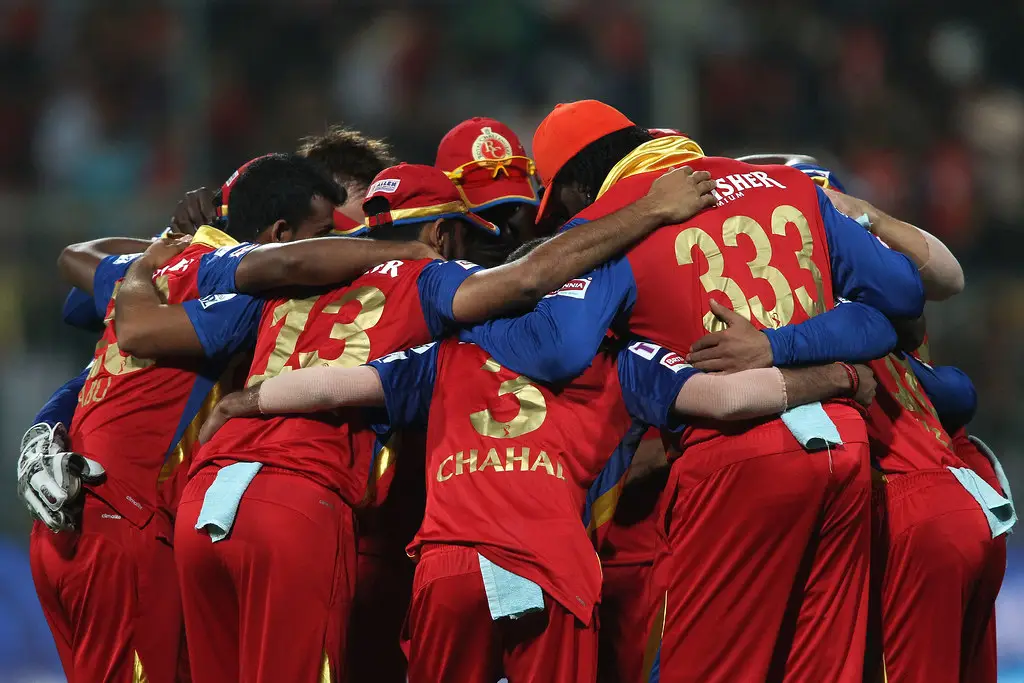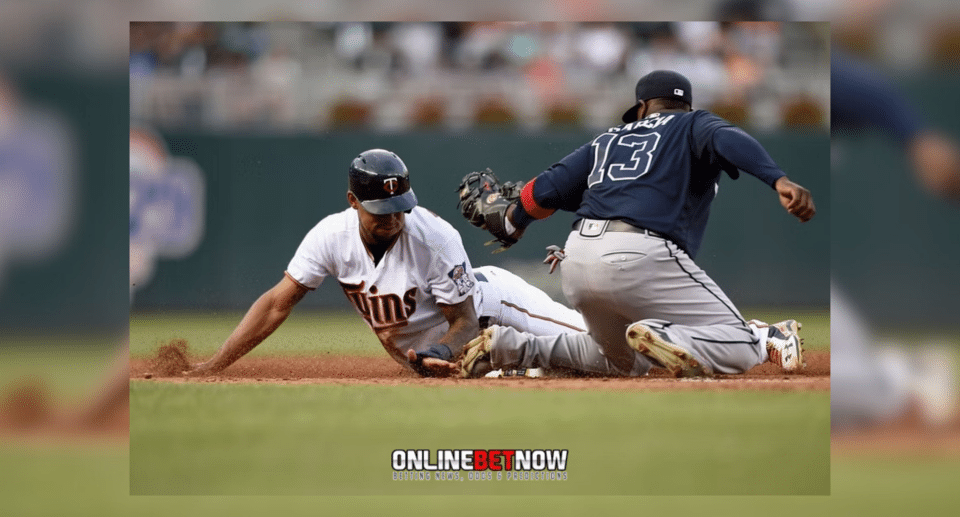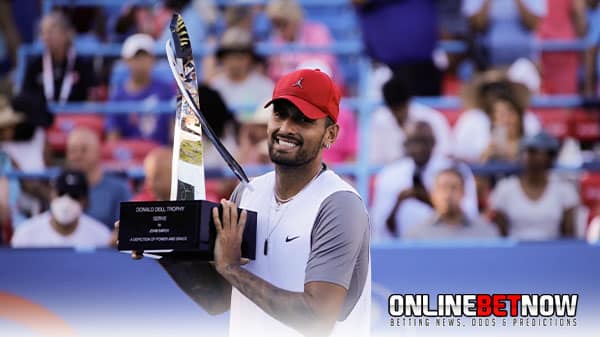Top 10 Drivers that Shape the Track of Formula 1
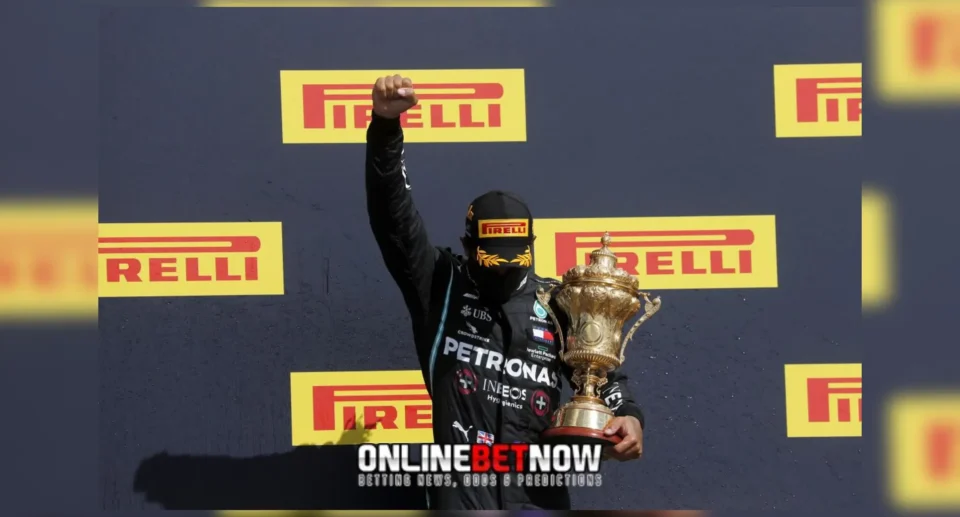
In the high-octane world of Formula 1 racing, the drivers’ thrilling life stories are often as compelling as their on-track exploits. As of 2023, there have been 774 Formula One drivers from 41 different nationalities who have raced at least one of the 1,087 FIA World Championship races since the first such event, the 1950 British Grand Prix. Countless talented drivers have left indelible marks on the sport. But only few can be considered a legend. This piece will navigate the thrilling curves of F1 history, spotlighting the Top 10 greatest Formula 1 drivers who have roared down the racetrack, expertly maneuvered hairpin bends, and crossed the finish line to roaring applause.
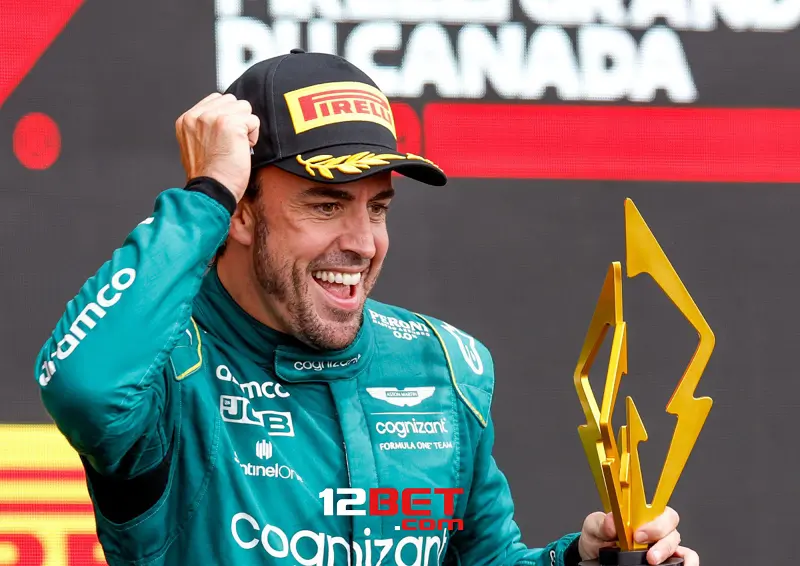
-
Fernando Alonso
Fernando Alonso, renowned for his fearlessness and aggressive racing style, is a two-time world champion. However, his career is characterized not only by the two titles he claimed, but also by the opportunities that narrowly slipped away.
His journey began with a deep passion for karting, nurtured by his father, an amateur go-karter and mechanic. Despite financial constraints, Alonso excelled in all conditions, even racing on slick tires in the rain when wet weather alternatives were unaffordable.
These formative experiences shaped his early career, leading him to secure a seat with Minardi in 2001. After a challenging season at the back of the grid, Alonso joined Renault and etched his name in history in 2005. Breaking Michael Schumacher’s unprecedented streak of five consecutive world championships, Alonso became the youngest-ever driver to win the championship. The following year, he continued his dominance and became the youngest driver to secure back-to-back championships.
Although his career had its moments of glory, there were also setbacks. A stint at McLaren saw him facing tough competition from rookie Lewis Hamilton, and on multiple occasions, he narrowly missed out on securing a third championship with Ferrari. When Alonso joined a struggling McLaren team in 2015-2018, it seemed like his Formula 1 career might end on a disappointing note.
Alonso’s journey is far from over, and he continues to prove his tenacity and skill on the track.
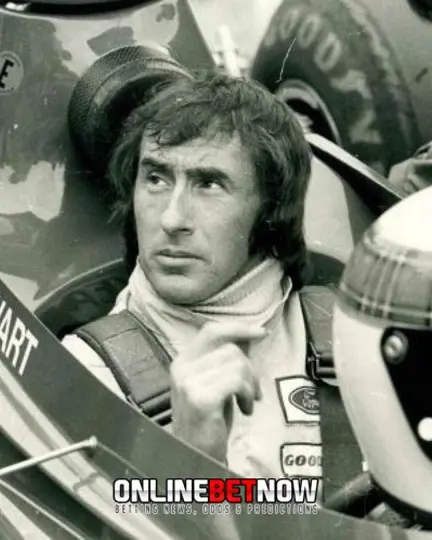
-
Jackie Stewart
Jackie Stewart, a prominent figure in Formula 1, played a pivotal role in advocating for improved safety standards in the sport. As a triple champion and highly influential driver, Stewart possessed the necessary credibility to bring about a cultural shift regarding safety. Witnessing the tragic loss of numerous friends and colleagues who perished while pursuing their passion, he became a pioneering force in introducing essential safety measures such as full-face helmets, seatbelts, mobile medical units, safety barriers, and runoff areas. Stewart’s efforts were instrumental in enhancing the safety landscape of motorsport.
Scotsman Stewart won three world championship titles in the 1970s and did that whilst driving for two different teams. He won the 1969 championship with Matra before switching to Tyrrell where he enjoyed great success in 1971 and 1973.
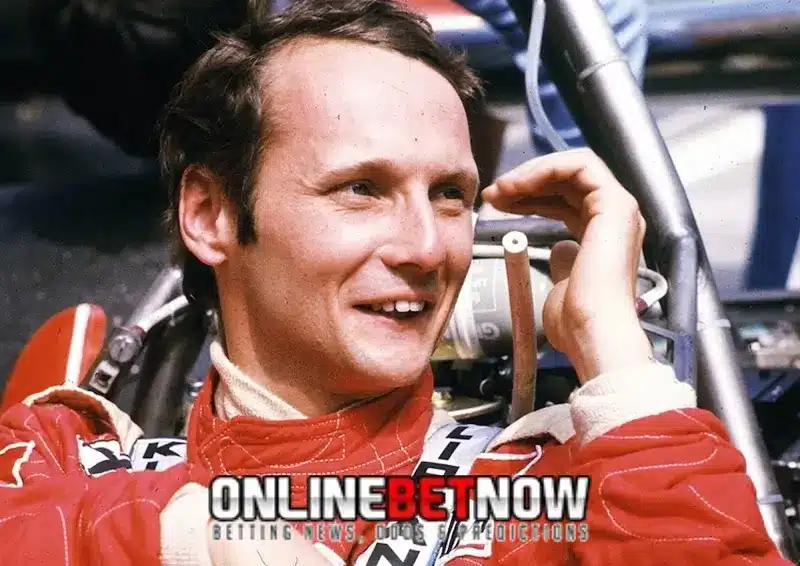
-
Niki Lauda
Surviving a horrific crash in Germany in 1976 that resulted in severe burns and lung injuries, the Austrian Formula One driver defied the odds and staged one of the greatest comebacks in sports history, securing two additional world titles. Despite his awe-inspiring journey, Lauda, known for his straightforward nature, dismissed notions of miracles and cinematic sentimentality. He forged his own path, challenging not only death on the racetrack but also defying his family, employers, and fierce rivals along the way. Lauda’s involvement in Formula One continued until his passing in 2019. He held important advisory and management positions with Ferrari and Jaguar, contributing significantly to the sport. Additionally, he played a crucial role in overseeing the remarkable success of the Mercedes team during the 2010s.
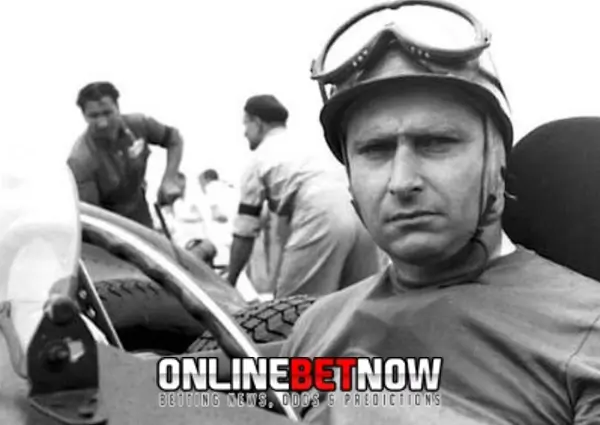
-
Juan Manuel Fangio
The first great of the world championship era, Juan Manuel Fangio set a benchmark so high for a long time many thought it unbeatable. Only in 2002 did Michael Schumacher finally equal the maestro’s record of five world championship victories.
Despite often being the oldest driver on the track, Fangio showcased his prowess by capturing his first title at the age of 40 in 1951, demonstrating his ability to compete against the younger generation of drivers. Upon his return with Maserati in 1953, he secured a single race victory. From 1954 to 1957, Fangio’s dominance was unparalleled as he judiciously selected the best available machinery, clinching all four championship titles. In 1954, he made a switch from Maserati to Mercedes, where he teamed up with Stirling Moss and claimed the title again in the shortened 1955 season.
Following Mercedes’ withdrawal from international motorsport after the tragic crash at Le Mans, in which Fangio narrowly escaped, he joined Ferrari and secured three victories. The title came his way when Peter Collins selflessly relinquished his own championship chances, allowing Fangio to take over his car at Monza (such driver changes were permissible at the time).
In 1957, back with Maserati, Fangio won his final title. His ultimate triumph occurred at the Nurburgring, where he delivered one of the greatest drives in history, overcoming a one-minute deficit to defeat the Ferraris.
Fangio retired in 1958 and lived until 1995, passing away at the age of 84.
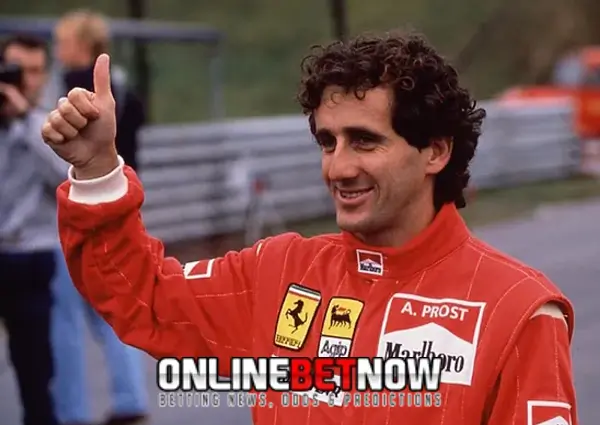
-
Alain Prost
Nicknamed “The Professor,” France’s sole world champion possessed a clinical and efficient racing style, enabling him to triumph over some of Formula One’s finest drivers across different eras.
After debuting with McLaren in 1980, he joined Renault the following year and quickly became a race winner.
Due to strained relations, Prost parted ways with McLaren and joined Ferrari, but Senna thwarted his chances of winning the 1990 title by taking him out at the Suzuka circuit in Japan.
Following his dismissal from Ferrari in 1991 for criticizing the team, Prost took a one-year sabbatical. However, he made a triumphant return in 1993, securing a dominant season and championship victory with Williams.
Prost subsequently retired and managed a French F1 team bearing his name from 1997 to 2001. Unfortunately, the team faced financial challenges and ultimately folded amidst pressure from the national government, failing to fulfill its initial promises.

-
Max Verstappen
In a remarkable single season, he secured 10 victories out of 32 races, including an impressive streak of six consecutive wins. This outstanding performance catapulted him into Formula 1, where he joined the Toro Rosso team, affiliated with Red Bull, for the 2015 season. This move made him the youngest-ever grand prix driver. Although his debut F1 season brought moderate success, with 10 point-scoring finishes in 19 races, it was during his second season that he truly made his mark in the sport.
During the 2016 season, after just five races, Verstappen received the call to join the senior Red Bull team, replacing the struggling Daniil Kvyat. It was at the Spanish Grand Prix that Verstappen immediately showcased his potential by claiming his first victory. This triumph was facilitated by the unfortunate collision between Mercedes teammates Nico Rosberg and Lewis Hamilton on the first lap.
By the end of the 2020 season, Verstappen had added nine more wins to his name. However, it was the revised technical regulations for the 2021 season that enabled Red Bull to produce a car capable of challenging Mercedes’ previously dominant position. With the new and improved Red Bull car, Verstappen engaged in an intense season-long battle with Lewis Hamilton for the world title. The fight for supremacy persisted until the final lap of the last race, where Verstappen clinched victory, securing his first championship since his karting days in 2013.
In stark contrast, the 2022 championship proved to be a smoother journey for the Dutchman. Despite encountering reliability issues that prevented him from finishing two of the first three races, Verstappen effortlessly secured the title while driving the RB18. His triumph in Suzuka was the defining moment that propelled him to championship glory once again. As Verstappen now boasts a second crown, the question remains as to how many more championships he will add to his already impressive tally.
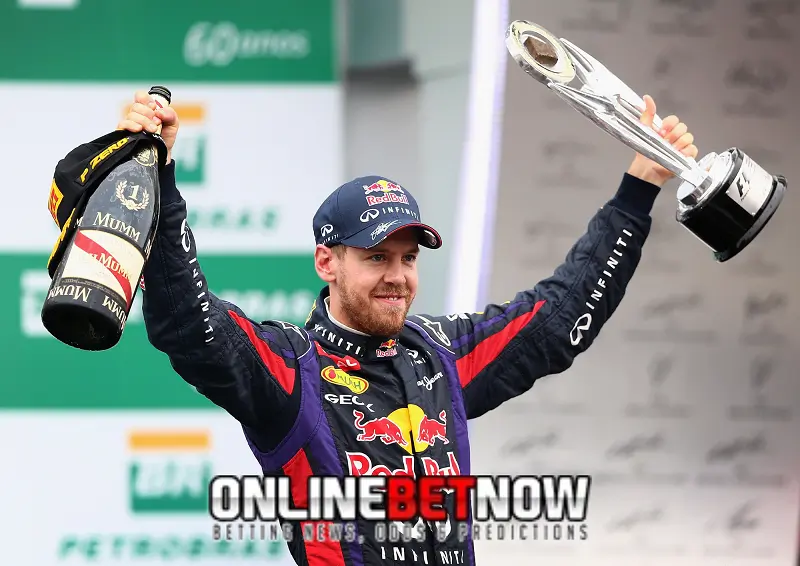
-
Sebastian Vettel
Sebastian Vettel’s journey in motorsports began at the young age of eight when he rode on his karting career. Recognizing his talent, Red Bull promoted him to their Junior Team when he was just 11 years old. In 2007, he made his Formula 1 debut as a replacement for Robert Kubica, who suffered a serious crash during the Canadian Grand Prix. Despite the challenging circumstances, Vettel impressed with an admirable eighth-place finish. Subsequently, he joined the Toro Rosso team, taking over from Scott Speed, and narrowly missed out on a remarkable podium finish at the Chinese Grand Prix.
Vettel’s exceptional performance earned him a swift promotion to the senior Red Bull Racing team. In 2009, he finished as the runner-up to Jenson Button of Brawn GP. As the new decade commenced, Red Bull asserted their dominance, and Vettel played a pivotal role in securing four consecutive team championships. Despite the success, Vettel’s partnership with teammate Mark Webber was notably challenging. Nevertheless, Vettel’s impressive results spoke volumes about his abilities.
With the introduction of hybrid cars, Vettel made the move to Ferrari in 2015. He engaged in several title battles with Lewis Hamilton, but Mercedes’ dominance throughout the turbo-hybrid era proved insurmountable. In 2021, he achieved the team’s first podium in Azerbaijan and came agonizingly close to securing a second at the Hungarian Grand Prix. These performances showcased Vettel’s continued competitive spirit and determination.
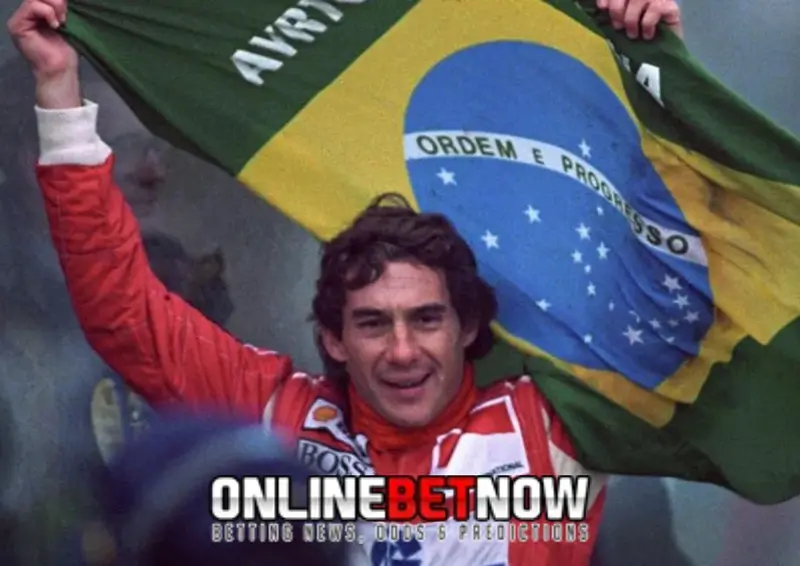
-
Ayrton Senna
Considered as one of the best driver in Formula 1, Senna captured the heart of a nation with his boundless talent, aggressive style, unwavering passion and desire to win no matter what the cost. Though many driver’s are considered as a great driver in the rain, Senna can be said as the greatest driver in the wet. In 1988, he secured his maiden world title at the Japanese Grand Prix, despite a setback at the start when his McLaren stalled, causing him to plummet to 15th place. Remarkably, he overcame this adversity and triumphed in yet another wet race.
Considered by many as the greatest lap in Formula 1 history, Senna’s brilliance shone through in wet conditions.
During the 1993 European Grand Prix, Senna showcased his exceptional skill by overtaking four cars in a single lap, leaving spectators in awe.
However, like several other legendary figures, Senna was not without flaws. His relentless pursuit of victory often led to ruthless actions.
In 1989, his rivalry with Alain Prost was marred by political conflict, but in 1990, Senna took matters into his own hands. In a controversial move, he intentionally collided with Prost at a staggering speed of 130 mph during the French Grand Prix, all with the aim of securing the world title for himself.
Senna raced with Williams in 1994, but tragically lost his life in a high-speed crash during the San Marino Grand Prix. Formula 1 had prematurely lost one of its greats, but he had left a legacy that would never be forgotten.

-
Michael Schumacher
Michael Schumacher, a racer whose supremacy was thought by many to be insurmountable, is hailed as the greatest to have ever graced the driver’s seat. Possessing a formidable combination of speed, focus, bravery, judgement, character, and even a touch of arrogance, Schumacher embodied the qualities of a perfect racer.
His journey to the top began in 1994 when he clinched his first World Championship with Benetton, narrowly edging out Damon Hill from Williams by a mere point. The following year witnessed another fierce battle between the two contenders, ultimately resulting in Schumacher securing his second title. It is worth noting that Hill did manage to claim his sole championship victory in 1996.
However, Schumacher’s true dominance emerged at the turn of the new millennium. Ferrari, under his guidance, developed cars that outshone the competition by a significant margin. Schumacher’s innate ability to extract every ounce of performance from these machines made him virtually unbeatable. Arguably, his finest season occurred in 2004, his final year, when he triumphed in 12 out of the first 13 Grands Prix. The only exception was a retirement in Monaco, showcasing his remarkable consistency and skill.
Schumacher’s legacy as an unparalleled racer in Formula 1 is etched in history, leaving an indelible mark on the sport.
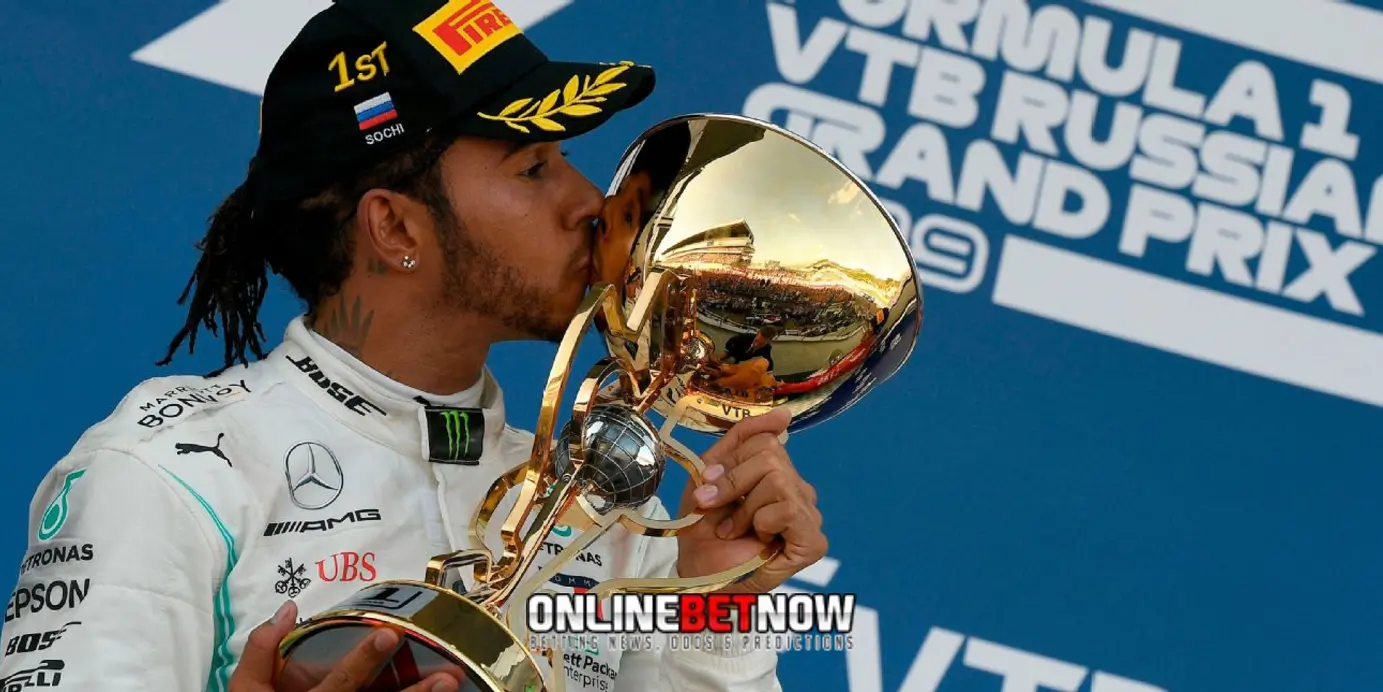
-
Lewis Hamilton
In the history of Formula 1, few names are as respected as Lewis Hamilton’s. Hamilton’s record-breaking career has secured him a place amongst the all-time greats. Holding the record for race wins and pole positions, his seven World Championships tie him with the legendary Michael Schumacher. Yet, the question remains, what sets Hamilton apart in the ultra-competitive world of Formula 1?
Hamilton’s strength lies in his versatility and unwavering consistency. From his prowess in qualifying to his capacity to perform under varying conditions, his defending abilities and his knack for overtaking, he exhibits a comprehensive skill set. This combination of qualities separates him from the majority of his peers, often placing him in conversations about the greatest Formula 1 driver ever.
His proficiency is not confined to defensive tactics. Hamilton is a formidable force when on the offensive, leveraging his astute car positioning and mounting pressure on the driver ahead, thereby forcing potential errors. His 2018 German Grand Prix victory, where he ascended from the 14th starting position to claim victory, is testament to this. Although factors such as Sebastian Vettel’s crash and Valtteri Bottas’ team orders played a part, Hamilton’s skillful navigation through the field was a standout demonstration of his overtaking capabilities.
Such prowess was again exhibited during the 2021 Brazilian Grand Prix. Despite starting the race from the 10th position due to a grid penalty, he skillfully maneuvered through the field, rising from 20th to 5th in sprint qualifying before ultimately claiming victory.
The amalgamation of Hamilton’s attacking and defending skills paints a portrait of a complete driver. Augmented by his exceptional tire management skills, these attributes contribute to his lasting legacy in Formula 1, underscoring why many consider him among the sport’s all-time best.
While some say its the car that makes him a champion, you can’t deny the natural talent, unquestionable skill, and unyielding character in him that makes Hamilton truly the best Driver in Formula One.
Read more Sports Related Content here.
Want more action?
Your play, your win! Here at 12BET you can bet on your favorite teams and experience the revolution in online betting. Join us and make every prediction, every bet, and every win count!




